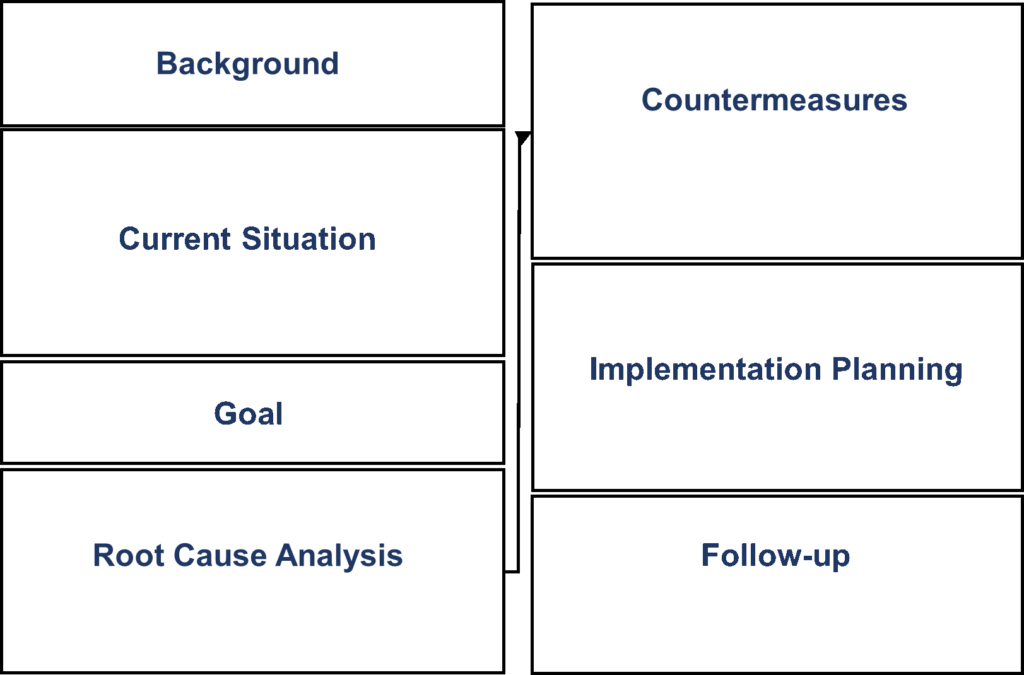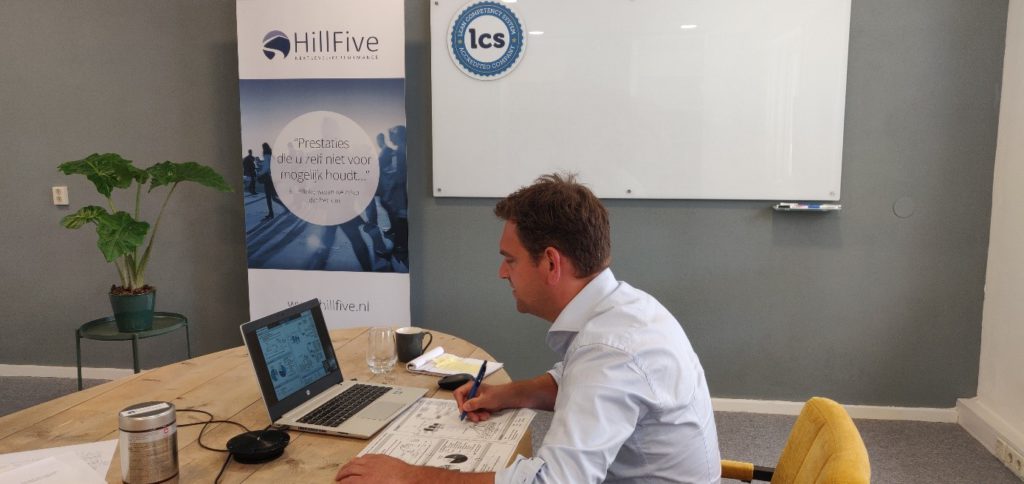Do you also find it difficult to solve problems when most colleagues work mainly from home?
How do you make sure we all talk about the same thing in a way that we don’t have to use large and long documents? Many Green Belts use the Lean A3 method to solve problems. Not everyone is aware that this method was originally created because the A3 format was the largest format that could be sent by fax at the time. This made it possible to inform each other remotely and give feedback on important projects and improvements that were taking place in the organisation.
This method is a great way to get to the core of problems and to stimulate cooperation and learning. We are currently working at one of our clients where we apply A3 thinking in their improvement projects. The participants in this program are all working on solving a problem in their organization using the A3 method. They are not doing this by themselves. Together with colleagues, clients and coaches the results are discussed and adjusted where necessary. In this way we ensure that the participants can be proud of results they achieve and the impact this will have in the organisation. Typical examples of this are the reduction of inventory, lead times of processes and improved quality of products.
The A3 contains a number of steps that together form a document that tells the story from problem to solution and the steps that have been taken to get there. The Root Cause Analysis is central to this. Because we are often used to immediately think in terms of solutions, this step provides a deeper insight into the problem and its underlying causes. The resulting countermeasures ensure that the solution is truly sustainable. An example of the A3 as used by our clients is shown below. We call this the ‘7 box A3’ because these are steps that have to be taken in order to achieve a result.
A high quality A3 contains a number of specific characteristics. As A3 coaches, we constantly challenge participants based on these characteristics. We then submit suggestions to them on what they can do further. These characteristics are further explained in the book ‘understanding A3 thinking’ by Smalley and Sobek.
- The A3 follows a logical thinking process based on PDCA (Plan Do Check Act).
- Is data driven and objective
- Focus on result and process
- Gives coherence, focus on the real problem and is visually attractive
- Ensures good coordination with all stakeholders
- Gives the coherence between the different steps and the information is correct within the steps
- The A3 contributes to the strategic goals of the organisation
When during this COVID-19 era you are asked to solve problems together, think of the A3 method! We are ready to help if you want to get started.
Online A3 coaching session



